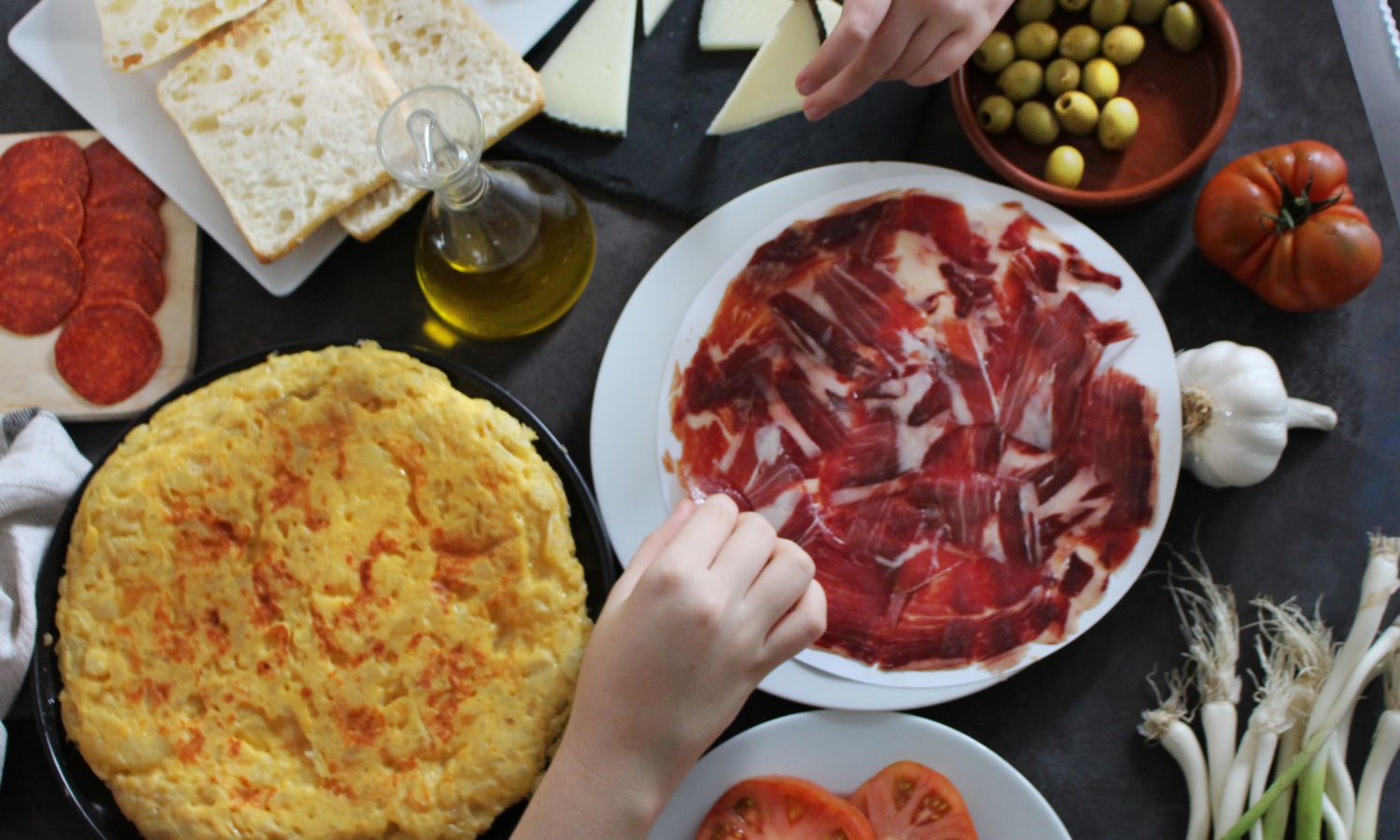
Olive Oil Facts: Discovering the World’s Olive Oil Flavor Profiles
If you were to buy a bottle of Bertolli Extra Virgin Olive Oil for your home, and then traveled to Germany and picked up an Extra Virgin Olive Oil from Bertolli in a local supermarket, the olive oil wouldn’t taste the same. And that’s a good thing.
Aside from the usual language, fashion and architectural differences, countries around the world also vary in their flavor preferences. What tastes delicious to an Italian may leave a different impression on a Spaniard. People become accustomed to particular flavors and spices from their culture and that means opinions on taste are not universal.
Bertolli’s master blenders sample thousands of oils from olives grown around the world. They take the delicate taste differences from the olive varietals and find the best way to blend the oils together to create flavor profiles with certain characteristics. Bertolli has created specific flavor balances for five regions: the United States, Germany, Italy, France and Spain. After a comprehensive study on consumer preferences, blenders were able to ascertain which tasting notes are more enjoyable for different regional palates.
“There are certain flavors in a Spanish profile that are not accepted by Italian consumers,” explains Anna Cane, Bertolli’s Master Blender. “Italian consumers prefer a more balanced oil that is green in flavor, not so bitter and less spicy.”
Germans prefer olive oil with an intense smell and full-body flavor, adds Cane. Americans, on the other hand, prefer delicate, sweet flavors.
Consumers may have olive oil taste preferences based on where they live, but that doesn’t mean the olives that make up a particular regional blend are from that location. Bertolli blends olive oils from around the world to guarantee the best quality and freshness. But not all extra virgin olive oils on your grocery store shelf are created equal—lower prices often indicate low-quality olive oil. This is important to note, because low-quality oils degrade more quickly.
Understanding these fine-tuned differences and using that knowledge to develop regional olive oil blends demonstrates Bertolli’s commitment to delivering the best-tasting product to consumers—no matter where they live. There’s no one-taste-fits-all treatment at Bertolli. And we think that’s a good thing!


